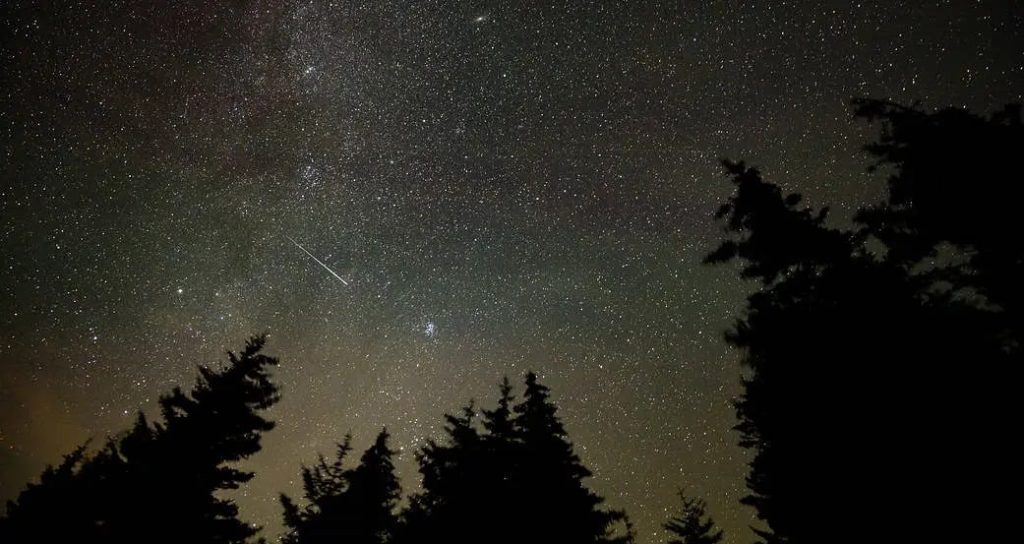Skywatchers are bracing for a celestial trilogy: the relatively small Southern Hemisphere Delta Aquarids and Alpha Capricornids meteor showers will set the stage for the impressive Perseid meteor shower, with up to 100 meteors per hour streaking across the sky.
Meteor showers are caused by comets, which eject dust and rock fragments as they speed around the Sun. When Earth passes through their path, these tiny pieces of debris enter the atmosphere and burn up, appearing as fiery flashes across the sky.
in the case of South Delta AquaridsIt is not clear which comet it originated from, Believed 96P is the Machholz meteor shower. According to the American Meteor Society, the Southern Delta Aquarids meteor shower actually began on July 18 and is scheduled to peak on the night of July 29. Unfortunately for those of us north of the equator, as the name suggests, the Southern Delta Aquarids meteor shower is best viewed from the Southern Hemisphere. Meteors are plentiful, with up to 20 visible per hour, but they are often faint and lack long trains or explosive fireballs. The presence of a bright Moon also makes the shower difficult to spot. Those who want to enjoy the show should look to the southern sky in the constellation Aquarius, which appears to be the source, or radiant point, of the meteors.
As South Delta Aquarids Once it reaches its peak and starts to decline, Alpha Capricornids meteor shower The meteor shower will be best visible on the night of July 30. Only about five meteors per hour are expected from this relatively weak meteor shower. Although there are fewer meteors, many of them create bright fireballs, making it a spectacular sight. People in the Southern and Northern Hemispheres will be able to see the meteor shower equally well. To best see the meteors, look to the radiant point, or the star Alpha Capricornus, in the constellation Capricornus (tip: use a stargazing app on your smartphone to find the object).
The Delta Aquarids and Alpha Capricornids meteor showers in the south are the opening act for the main attractions to come. Perseid meteor showerThe Perseids is one of the most commonly seen meteor showers of the year, peaking on August 11 as Earth passes through the debris trail of Comet Swift-Tuttle. Up to 100 meteors per hour will streak across the sky. That night, the Moon will set around 1 AM, darkening the sky and making the meteors more visible. The radiant point of the Perseids is near the constellation Perseus.
The best way to get a good view of a meteor shower is to find a clean, dark spot away from the light pollution of cities. Lie on your back, let your eyes adjust to the darkness, then look up at the twinkling stars and enjoy one of nature’s most spectacular free shows.


